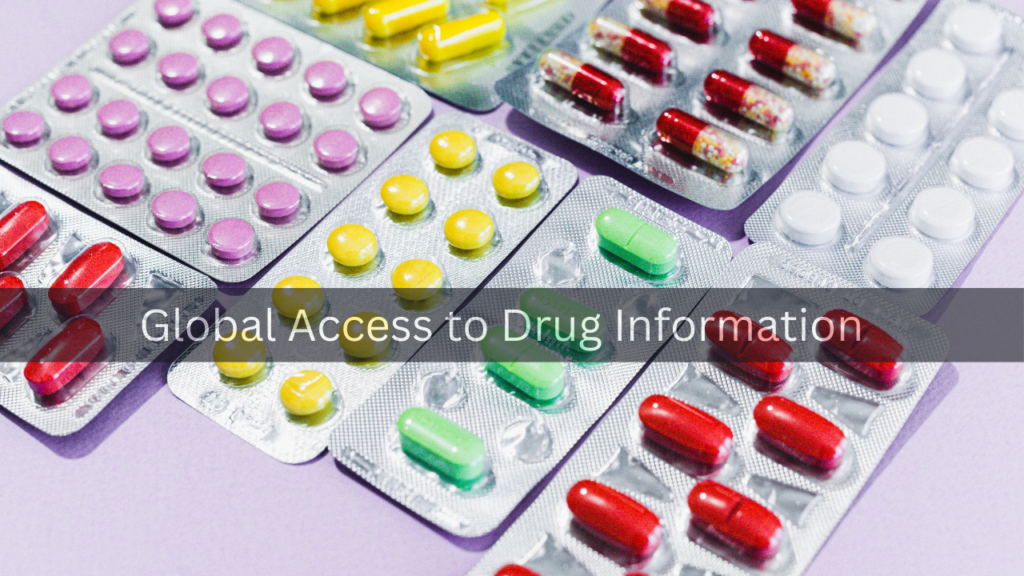
In an increasingly interconnected world, the dissemination of accurate and comprehensive information is more crucial than ever. One of the most pressing areas where this need is felt is in the realm of drug information. With advancements in medicine and pharmaceuticals, ensuring that everyone, regardless of geographical location or socioeconomic status, has access to essential drug information is paramount. This article delves into the significance of breaking barriers to achieve global access to drug information for all.
The Importance of Drug Information Accessibility
Drug information encompasses a wide range of details, including drug usage, side effects, interactions, dosage, and contraindications. Access to this information can mean the difference between life and death, especially in regions where healthcare systems are underdeveloped. When individuals are well-informed about the medications they are prescribed, they can make better decisions regarding their health, leading to improved outcomes and a reduction in the prevalence of drug misuse and adverse reactions.
Current Barriers to Access
Despite the critical nature of this information, several barriers prevent its universal accessibility:
- Geographical Barriers: In many rural or remote areas, healthcare resources are scarce, and reliable drug information is often inaccessible. This is particularly true in developing countries where healthcare infrastructure may be lacking.
- Economic Barriers: Access to drug information often requires financial resources, whether for purchasing medications, accessing healthcare professionals, or obtaining internet access to online databases.
- Educational Barriers: Literacy and educational disparities can prevent individuals from understanding drug information even when it is available. Complex medical terminology and lack of localized languages in drug information resources further exacerbate this issue.
- Technological Barriers: While the internet has made information more accessible, a digital divide still exists. Many individuals, particularly in low-income areas, do not have reliable internet access or the digital literacy needed to navigate online resources effectively.
Strategies to Overcome Barriers
Addressing these barriers requires a multifaceted approach:
- Leveraging Technology: Mobile health (mHealth) solutions, such as apps and SMS-based information services, can deliver drug information to individuals in remote areas. These tools can provide tailored information in local languages and be accessible offline.
- Collaborative Efforts: Governments, NGOs, and the private sector must collaborate to create and distribute drug information. Partnerships with local healthcare providers can help ensure the information is culturally relevant and accessible.
- Educational Initiatives: Public health campaigns and educational programs can improve health literacy, enabling individuals to understand and use drug information effectively. Simplifying medical terminology and translating materials into local languages are crucial steps.
- Infrastructure Development: Investing in healthcare infrastructure, including telemedicine, can bridge the gap between rural and urban areas. This not only improves access to drug information but also enhances overall healthcare delivery.
The Role of Global Organizations
Global organizations such as the World Health Organization (WHO) play a vital role in standardizing drug information and making it accessible. Initiatives like the WHO’s Essential Medicines List provide a foundation for countries to develop their drug information resources. Additionally, international collaborations can facilitate the sharing of best practices and resources to improve global access.
Breaking barriers to ensure global access to drug information is not just a healthcare priority but a fundamental human right. By addressing geographical, economic, educational, and technological barriers, we can empower individuals worldwide to make informed decisions about their health. Through technological innovation, collaborative efforts, and sustained investment in healthcare infrastructure, the vision of global access to drug information for all can become a reality. This endeavor requires a concerted effort from all sectors of society, underscoring the collective responsibility to ensure that no one is left in the dark when it comes to their health.